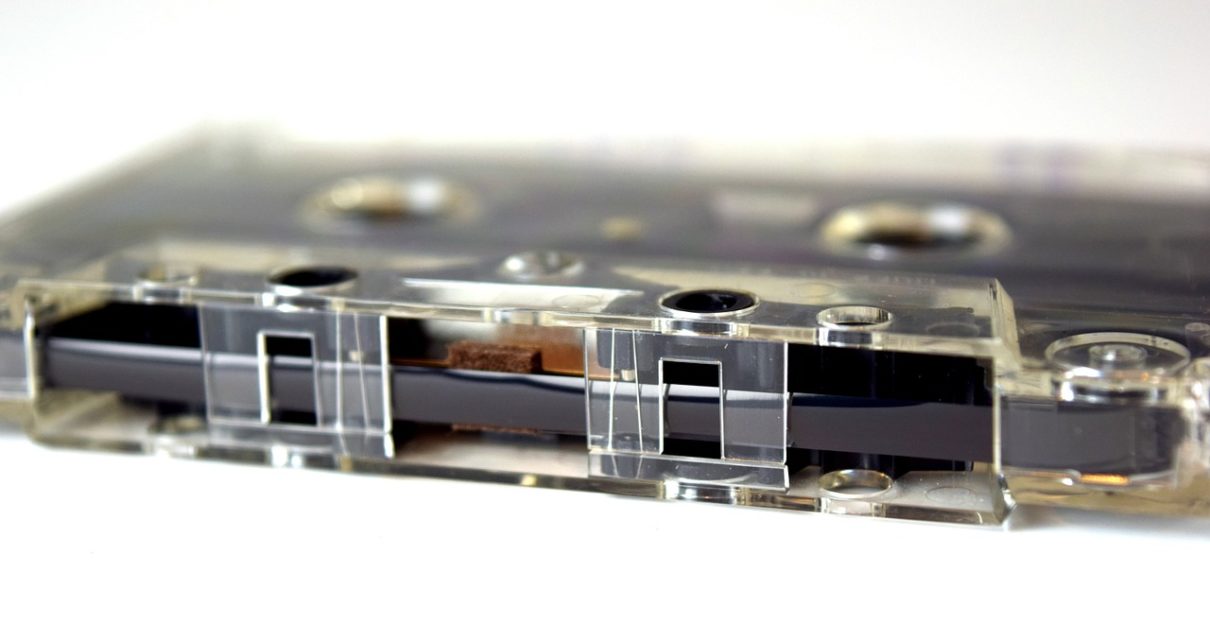Unlike conventional adhesive, magnetic tape utilizes magnetism for its main gripping power, which allows easy and quick adjustment, reuse, and removal. It is used across various applications and industries and is perfect for use in a commercial environment.
Thus, it is a versatile and ingenious alternative to adhesive tape. Some common constituent elements of a magnetic tape are barium ferrite or strontium ferrite.
A heat-sensitive plastic is usually used to encase an alloy of these materials with magnetic iron substances to produce the finished product. From common usage to types, here is what you need to know about magnetic tapes.
What are the uses of magnetic tape?
A commercial magnetic tape is utilized in various applications and settings for several distinct purposes. It is typically used in factories, shops, and exhibition halls. It is also found in places where placards, dividers, posters, signs, and point-of-sale substances are presented.
Other additional usages of a magnetic tape include:
- Forming a temporary storage area for ferromagnetic things, which are created from substances that drew to magnets.
- Storing items or tools close to machinery for efficiency, speed, and ease-of-access.
- Holding doors without handles closed.
With various applications, uses, and high-efficiency, it is not surprising that magnetic tapes are still widely used nowadays.
What are the types of magnetic tape?
Various types of magnetic tape rolls are available on the market, created from different materials, and have distinct lengths. Their sizes are typically measured in millimeters or meters. They are easy to cut in case the users wish to get a specific length.
The most common colors of a magnetic tape are white and black. These colors may also refer to the backing material’s color, with the gloss-white-coated tape being one of the most popular choices for aesthetic purposes.
Strong magnetic tapes are best-suited for heavier-duty applications. Nevertheless, most varieties are generally durable and offer a great pull force. Below are some examples of the common kinds of magnetic tape:
- Plain back magnetic tape: This adhesive back tape variation has no adhesive, allowing users to apply their own. Hence, they are perfect for use in a specialist setting.
- Adhesive backing magnetic tape: This type of magnetic tape comes with a standard adhesive stripe along the back, enabling it to be attached to curved or straight non-ferromagnetic surfaces.
Many products feature a pressure-sensitive adhesive for easy application. For extra magnetic charge, users can double a self-adhesive tape.
- Traditional back magnetic tape: This type of tape comes with a magnetic back instead of an adhesive one. It is perfect for use in settings with copious ferromagnetic surfaces, such as the steel racking in the warehouses.
The tapes usually feature wipe-off, wipe-on surfaces to create temporary signage to present important details, such as product codes and stock levels.
What are the advantages and disadvantages of magnetic tape?
Magnetic tapes offer multiple benefits. Their key advantages include durability and strength. Here are other benefits of magnetic tape:
- Easy removal
- Versatile
- Has flexible properties
- Cost-effective
- Suitable for use across various industries and settings
While magnetic tapes give several advantages, it is not without limitations. The following are some disadvantages of magnetic tape:
- Smaller strips might produce a weaker magnetic field
- Extreme temperatures can cause it to lose effectiveness
- While easy to remove, its removal may leave behind some adhesive residue on the surface
- Its use is limited when working with non-magnetic objects
Magnetic tapes are still widely used today due to their versatility, high-efficiency, and cost-effectiveness. They come in various types, including adhesive backing, plain back, and traditional back magnetic tapes. They offer many benefits, but also comes with some disadvantages.



